7107EXQ Assignment Sample
1.0 Introduction
“Global project management” is the application of the discipline of “project management” in a “dispersed environment” in which “project stakeholders” or “project activity takes” place across several geographical areas or cultures. Project managers include leadership qualities, strategic business administration and technical project management. In a global setting, these become much more essential. The global scale provides a very rapidly changing environment. You will probably have finished working while you sleep.
The project manager must be aware of variances in time zones, vacations around the world, vacations in other cultures and many more fast changes to the project, “Offers Michael O’Connor, Medtronic Strategy and Project Manager, and a CSS Global and Cultural Skills Class Instructor. Every project can become chaotic with many moveable elements and progressive phases. But it also adds time zones, cultures, language hurdles and locations throughout the world; therefore, a global project manager is vital for a project’s sustainability. So it can be obtained that the importance of global project management and that is why the global project management will be discussed in this project.
2.0 Evaluate alternative approaches to Project Management
There are many types of approaches to project management, and by using them, a satisfactory result can be obtained. Different approaches like
“Waterfall Project Management”;
“Traditional projects” or “waterfall management,” from conceptual and planning to design, quality assurance and project completion and maintenance are sequentially managed. Project needs are generally established at the start, with few or no changes to the scheme unless absolutely essential. The waterfall technique is most commonly employed in large-scale software projects in which comprehensive planning and a predictable procedure are essential.
“Agile Project Management”;
“Agile project management” emphasizes adaptation and constant, regular input – either by the customer or by other team members. This is ideal if customers or management have to take part in the manufacturing process, which results in a change in demand and significant changes in team tasks. Agile project management is typically appropriate for projects with smaller software or expedited planning.
“Critical chain/path”;
“The critical chain” “project management technique” is directed more towards resolving resource issues, as compared to the waterfall and agile projects, which focus more on deadlines and tasks (Burkhard, 2017).
Each project contains a collection of essential components, called a critical chain, which establishes a project minimum timetable (also referred to as a critical route). The critical chain methodology allocates sufficient resources to this critical chain and allocates sufficient resources for other jobs to work simultaneously but always has sufficient buffers to allocate resources. This set-up is suitable for those with sufficient flexibility in the various skillsets of their team members.
“PRISM”
G.P.M. Global was created to provide a system that takes environmental concerns into account while being an effective, replicable process that can be integrated easily into several significant projects. Projects integrated with Sustainable Methods “PRiSM” is unusual since it is one of the few techniques for project management which demands and rewards accreditation for project managers. “PRiSM” is utilised chiefly for large-scale development of real estate or buildings/infrastructure projects that might have severe impacts on the environment.
“PRINCE2”
“PRINCE2” is a “project management technique” that is government-backed, published and sponsored in 1996 by the United Kingdom government. It is exceptionally process-oriented and divides projects into many phases, each with its own goals and methods. PRINCE2 has to be accredited by examinations, as is “PRiSM”. “PRINCE2” is a complex and comprehensive technique; nonetheless, the project manager must evaluate if it measures its unique requirements appropriately.
3.0 Stockholder Analysis
“DIRECT”
“S.A.G. Enterprise”.
“CMCN Limited”.
“Consultants”.
“Local Contractors”.
“Sub-contractors”.
“Supply Chain”.
“INDIRECT”
“Local Residents”.
The various schools in the local vicinity.
“Press and Media”.
“Highways Agency” (“Warwickshire County Council”).
“Local Council” and “Planning Department” (“Local authority”).
“Health and Safety Executive” (“H.S.E.”).
“Environmental Health” (“DEFRA”).
“Various Wildlife Groups”.
4.0 Outline of the Services Provided by the Organization
The organization provides engineering and management-oriented services that can be used to organize any kind of building or construction project.
4.1 Project Risk
Defaulting a subcontractor is a significant risk element for general construction contractors to deal with a subcontractor that fails to deliver in projects.
A defaulting subcontractor that does not fulfil its contractual duties might utterly ruin project plans and damage your profit margin.
Orders to change.
Change orders are an inherent building element, if not managed effectively, maybe a significant risk factor.
Incomplete and inadequate design drawings, design flaws, unknown location conditions, poorly worded contracts, unanticipated increases in material costs and poor project management all form part of the usual risk factors in building projects.
NOT WELL PERFORM CONTRACTORS
This leads to poor job quality
Lower project security work
Late completed projects
RESOURCE SHORTAGE:
Increasing prices
Project delays
Lower project security
WEATHER ATTENTION:
Which might delay the project and harm the work already done and completed
BY PUBLIC TERMS PERCEPTION:
This might lead to negative advertising and possibly protests, boycotts and illegal acts.
4.2 Methodology
The traditional procurement approach consists of the separation of design and construction; the developer appoints a design team to carry out the design and then contracts separately with the contractor to finish the job.
Design and construction are a technique to build quickly, and the contractor should frequently determine fixed costs or guaranteed maximum prices, offering the customer assurance.
Management Contracting is a method for completing construction work utilizing a succession of individual works or contracts that the primary contractor
administers.
The building component’s management is bundled in order for contracts to be concluded between the developer and many different builders and subcontractors.
4.3 Project Constrains
S.A.G. Enterprise lacks worldwide projects experience.
There is building expertise in the work of CMCN Ltd., but expertise on project type is lacking.
The placement of the site is an issue, located in the centre of a house.
On-site storage and space shortages
The limitation on delivery of the project must be avoided from 7 am–17 pm and 4 pm–6 pm because of the “rush hour” traffic and planning limit.
The language barrier between local on-site employees and foreign management
The global time gap between the meetings of the project and communication
Start date for autumn/winter.
5.0 Evaluate the Project Management Tools
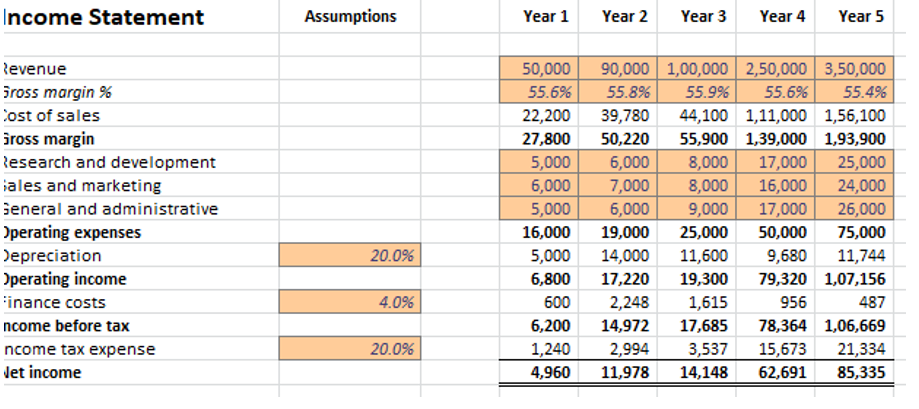
Figure 1: Cost analysis
(Source: Excel)
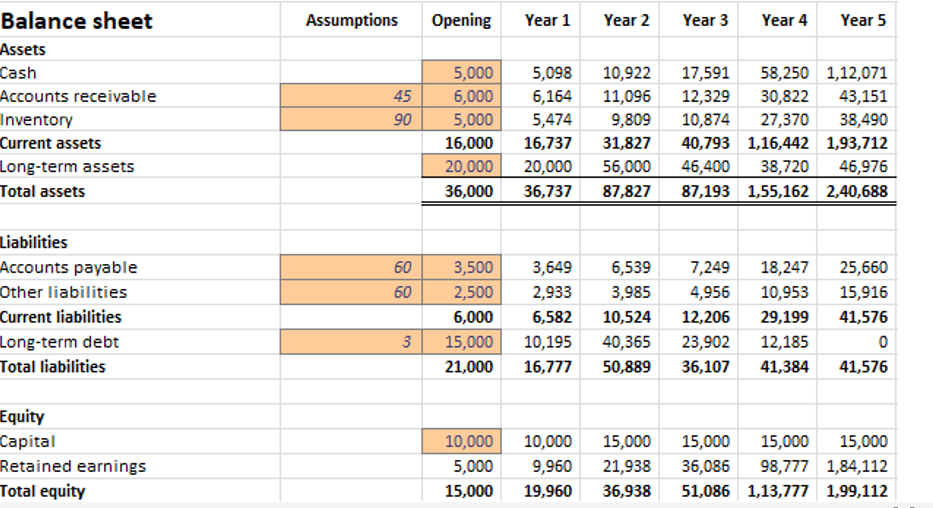
Figure 2: Cost analysis
(Source: Excel)
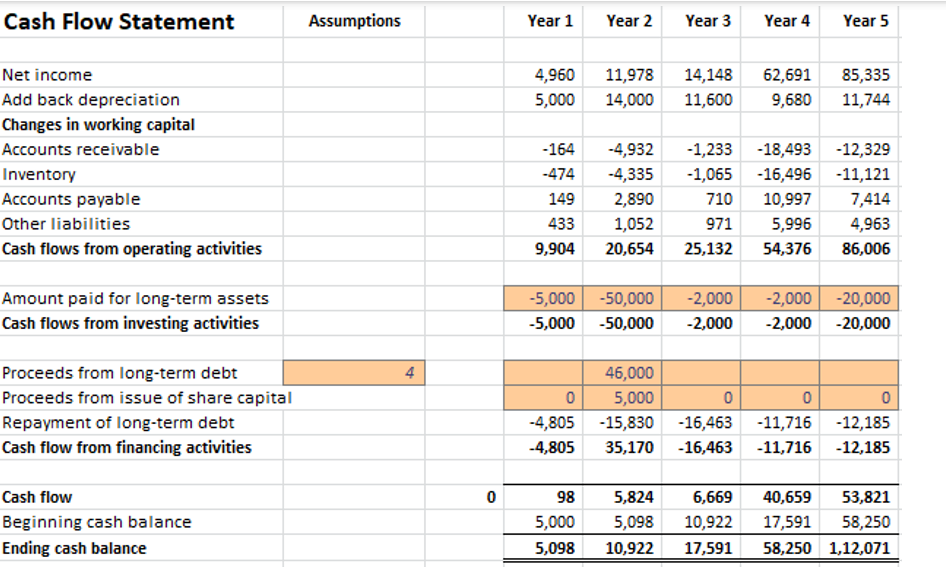
Figure 3: Cost analysis
(Source: Excel)

Figure 3: Cost analysis
(Source: Excel)
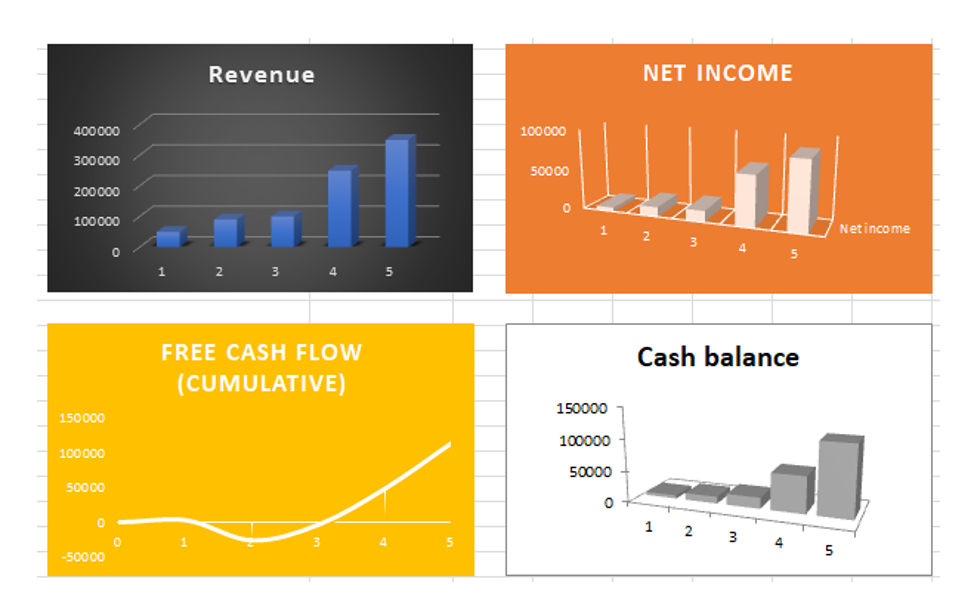
Figure 4: Resource Planning Sheet
(Source: Excel)

Figure 5: Resource Planning Chart
(Source: Excel)
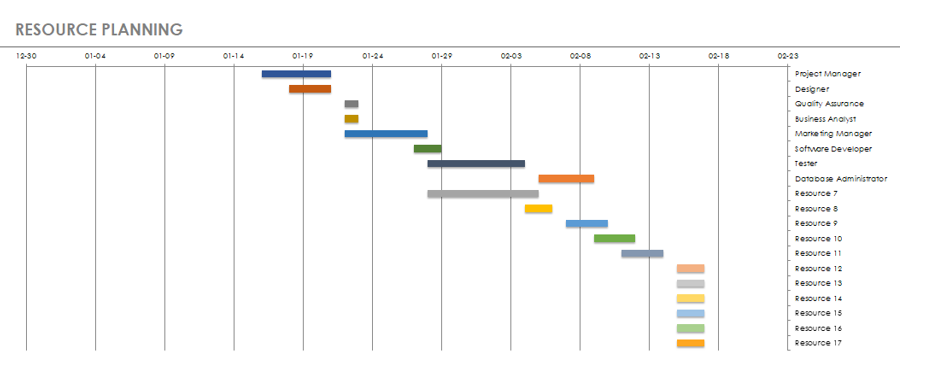
Figure 6: Risk Register
(Source: Excel)
5.4 Swot Analysis
| Strength
“Strong Financial Section” Reputable Competent workforce experience |
Weakness
“Cultural Barriers” “Foreign Political Influence” “Currency Fluctuation” |
| Opportunity
“Investment Opportunities” “High-Quality Material Supplier” |
Threat
“Equipment Storage” “Low Mobility” “Supplies delay” “Residential Area” “U.K. Weather” |
6.0 Cultural, Communication Impact
Before growing on a worldwide scale, a successful project manager has to master her fundamental project management abilities to acquire a few talents particular to global project management in expansionary worldwide projects and those as outlined by the project management institute (PMI). Take the following two into account.
6.1 Cultural Impact
Artistic skills that address the recognition and comprehension of variations in global cultures and the way they function in the project context are a significant part of global project management. The project manager must grasp the variations across cultures and how they impact the team. Through the change in communication and leadership methods, adaptation to time zones, and cultural standards of different stakeholders, the project manager must be able to adapt to these variations (Belle, 2020). A thriving global project manager has the skills to overcome intercultural differences and build on the assets of each team. When this is done correctly, cooperation across multicultural teams may improve the project’s brainstorming and creativity.
Cultural variations might have a significant influence on the results and success of building projects. However, studies have also shown little influence on projects, even if there were variations. In this survey, all participants pointed to a direct link between successful initiatives and cultural differences. The responders effectively managed the cultural differences as one of the significant aspects of the success of the project. In order to carry out construction projects successfully, understand, appreciate and accept diverse cultures are regarded as highly critical concerns. In addition to cultural considerations, participants identified several other concerns throughout the interviews that influence project success.
These aspects include foreign project experiences, benchmarking and learning, location of the project, corporate policy, and an efficient management structure. The importance of local offices and the employment of local employees in these offices when doing business abroad were stated by one manager. Local workers were deemed vital for strong ties with government agencies and local people. So obtain the fact from the above about the impact of the cultural aspect in a construction works and the work o0f the project organization it can be concluded that it is imperative to maintain and understand by the project manager of a global project management company.
6.2 Communication Impact
As language is the most significant media of communication and is often used to discriminate between one culture and another, linguistic disparities may be a big challenge for communication. The issue of communicating with persons from diverse cultural origins was a frequent subject emerging from the analysis of the interviews. The most serious obstacle to successful communication was linguistic disparities.
These issues have been shown to have a severe impact on company operations and hence reduce productivity. Communication is the foundation (Aitchison, 2021). I believe that cross-cultural diversity is the most influenced management practice.
Also, it can be obtained that the language represents an apparent cultural difference, but patience is essential here, and effort is vital for the success of communications on both sides. The effect of the participants frequently depends on the person’s opinion that it is favourable or harmful. So, the function of a project manager focuses on communication. Project managers must provide the stakeholders with information and update statuses, and provide personnel with sufficient resources to execute the project as a distinctive feature of the profession. Communication is all the more crucial in worldwide project management.
It will be helpful to coordinate teams on a global level; clear communications need to go beyond technical obstacles and cultural misconceptions. Successful project managers need to use instruments of cooperation and good communication to manage teams from a distance.
7.0 Conclusion
In conclusion, all the Global project management system details have been obtained, and approaches for project management are used with approprite evidence. Apart from that, the condition of the company and the relevant data and the information about the company also can be obtained from the above project. All the analyses about the project and the Impact of the cultural aspect are being communicated on this project acquired from the above report presentation.
Reference list
Journals
Aitchison, K. (2021). No More Polluter Pays Principle: opportunities and challenges of public benefit provision in U.K. development-led archaeology. Internet Archaeology, (57). Retrieved from: https://intarch.ac.uk/journal/issue57/8/ia.57.8.pdf Retrieved on: [23.06.2021]
Belle, E. M., Bingham, H. C., Bhola, N., Dudley, N., Stolton, S., & Kingston, N. (2020). SHORT COMMUNICATION TOWARDS A TYPOLOGICAL FRAMEWORK FOR AREA-BASED CONSERVATION. PARKS, 26, 129. Retrieved from: https://parksjournal.com/wp-content/uploads/2020/11/10.2305-IUCN.CH_.2020PARKS-26-2en-Low-Res-1.pdf#page=129 Retrieved on: [23.06.2021]
Burkhard, B., & Maes, J. (2017). Mapping ecosystem services. Advanced books, 1, e12837.Retrieved from: https://ab.pensoft.net/article/12837/download/pdf/ Retrieved on: [23.06.2021]
Council, H. D. (2018). Huntingdonshire Local Plan to 2036 Examination. Retrieved from: https://www.huntingdonshire.gov.uk/media/3394/matter-10-hdc-statement-on-proposed-site-allocations-key-service-centres.pdf Retrieved on: [23.06.2021]
Darrah, S., Sassen, M., Rutting, L., Vervoort, J., van Soesbergen, A., & Arnell, A. (2018). Using scenarios and mapping to support sustainable agricultural policy development. Retrieved from: https://library.wur.nl/WebQuery/wurpubs/fulltext/467348 Retrieved on: [23.06.2021]
Mitchell, K., & Hickman, H. Effective National Infrastructure. Retrieved from: https://www.nipa-uk.org/uploads/news/Insights_FinalWeb.pdf Retrieved on: [23.06.2021]
Qasim, M., & Riaz, A. Landscape Establishment and Maintenance. Retrieved from: https://tripleis.org/wp-content/uploads/2019/12/Landscape-Establishment.pdf Retrieved on: [23.06.2021]
UNEP-WCMC, I. U. C. N. (2018). NGS (2018). Protected planet report, 70. Retrieved from: https://www.researchgate.net/profile/Elise-Belle/publication/330106546_Protected_Planet_Report_2018/links/5c2df191458515a4c70a215a/Protected-Planet-Report-2018.pdf Retrieved on: [23.06.2021]
Walpole, M., McGeoch, M. A., Bubb, P., & Brummitt, N. (2017). Using data for decision-making: from observations to indicators and other policy tools. In The GEO Handbook on Biodiversity Observation Networks (pp. 293-308). Springer, Cham. Retrieved from: https://library.oapen.org/bitstream/handle/20.500.12657/28080/1001914.pdf?sequence=1#page=297 Retrieved on: [23.06.2021]
Know more about UniqueSubmission’s other writing services:

